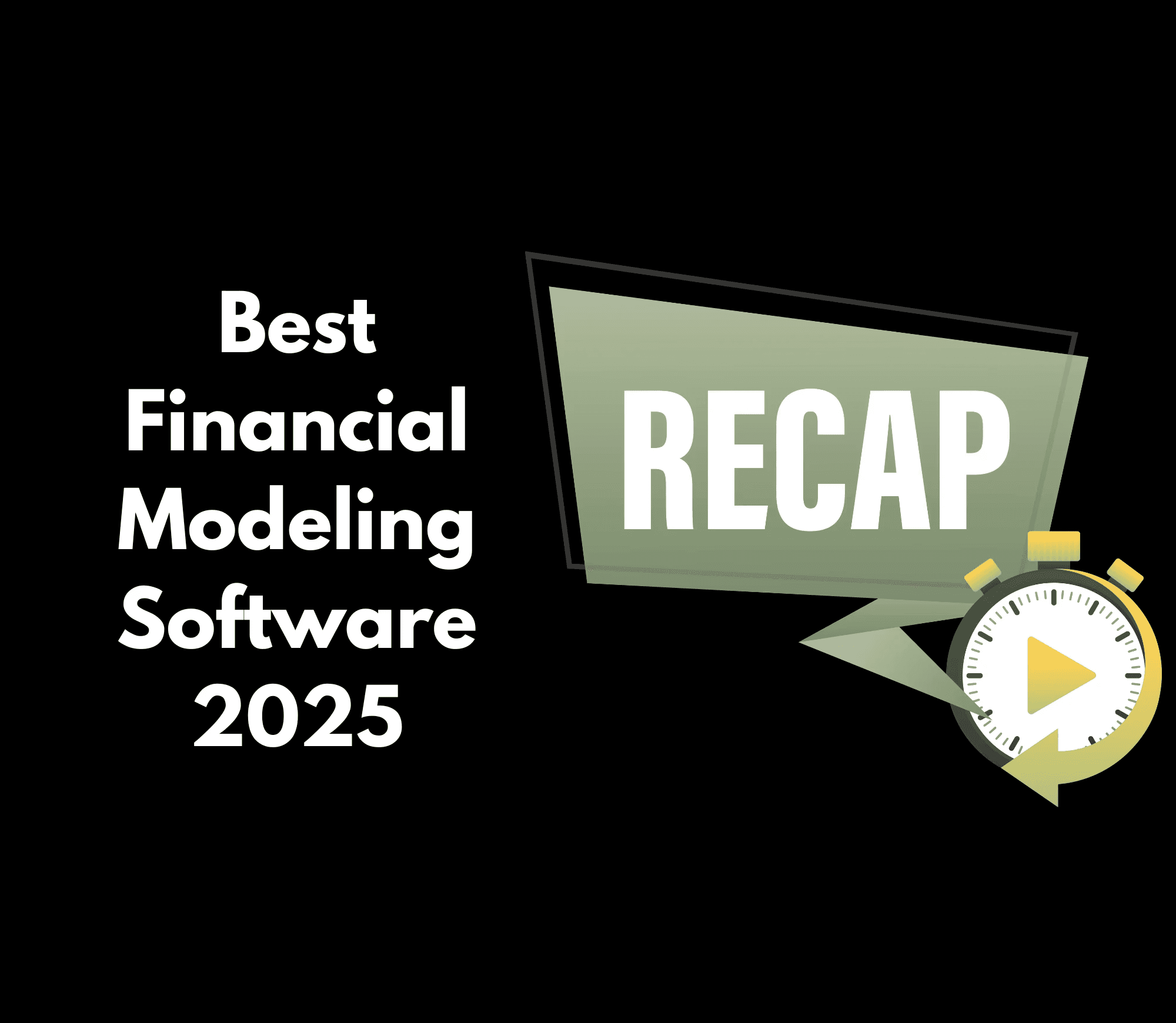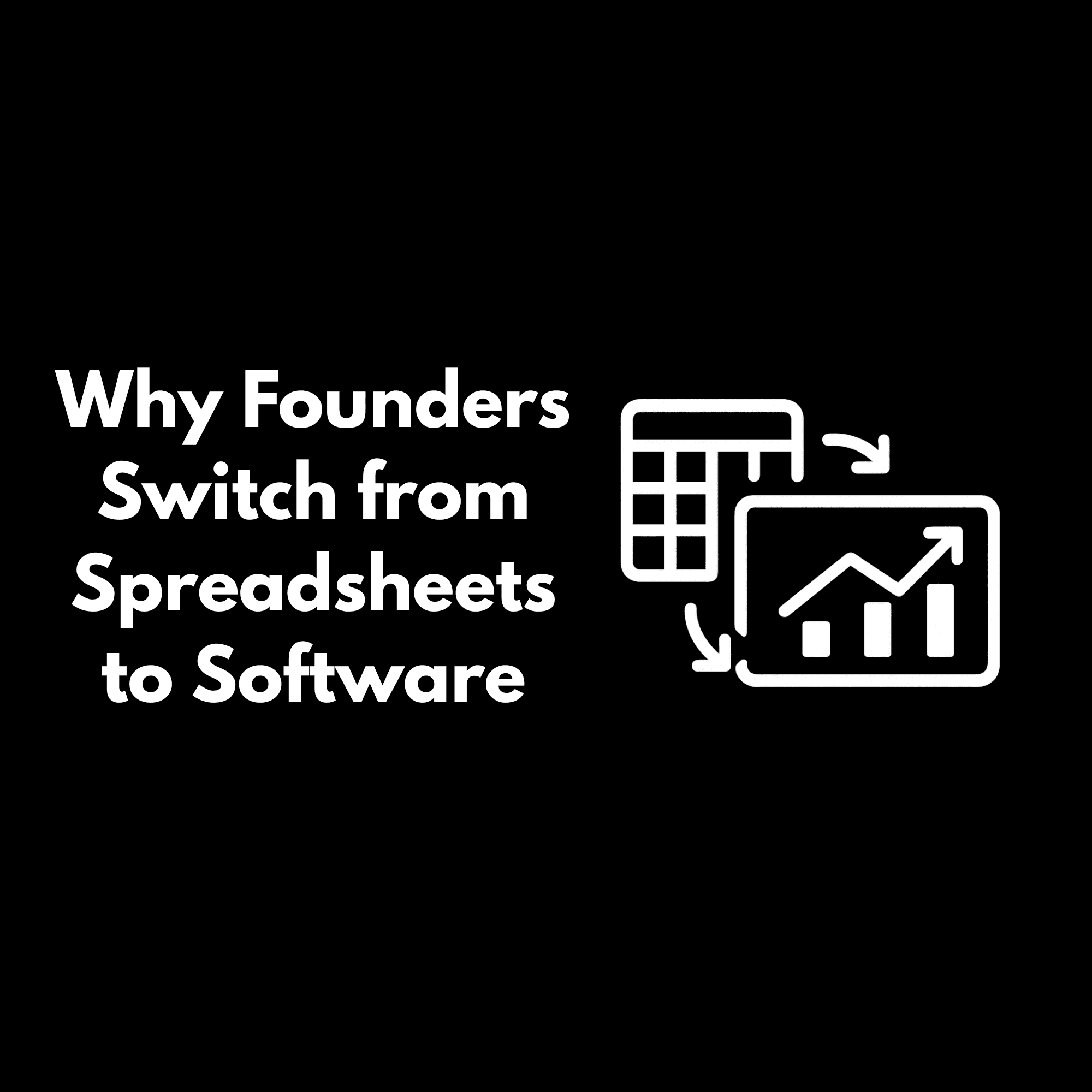Blog
Finance Advice
How Does Pricing Change for FP&A Tools?
FP&A pricing is more than the software fee. Implementation, support, and maintenance often drive up the real cost. Here’s how pricing varies across tools and why Parallel’s fast onboarding and ease of use make it ideal for early-stage founders.

Renato Villanueva
CEO & Cofounder
Nov 24, 2025
Most founders start comparing FP&A tools assuming the only cost they need to think about is the subscription fee. And on paper, many tools in the category appear similar: pricing typically starts around $2,000 per year and climbs quickly depending on headcount, integrations, and complexity.
But the software price is only one part of the equation.
The real cost of an FP&A platform comes from everything wrapped around it: how long it takes to implement, how much ongoing support you need, and how much time your team spends maintaining it.
For early-stage founders, that difference matters. A tool that looks affordable up front can become expensive once you account for onboarding hours, consultant help, and the internal time required to keep it running.
Here’s how FP&A pricing really works, and what to look for when evaluating platforms.
Key Takeaways
FP&A software usually starts around $2K, but total cost increases with implementation and ongoing support.
Implementation often takes weeks or months with traditional tools, adding cost and delaying value.
Many FP&A tools require ongoing support, either through internal finance hires or outsourced consultants.
Parallel avoids these hidden costs with fast onboarding, simple setup, and a model founders can maintain on their own.
For early-stage startups, the “ease-of-use cost” is often more important than the license price.
The Software Price Is Only the Starting Point
Most FP&A tools list pricing that begins in the $2K–$5K range.
But that’s usually just the platform fee, not the cost of getting it up and running.
Founders often discover that the real price includes things like:
Implementation packages
Required onboarding hours
Extra fees for integrations
Additional user access
Charges for advanced modeling
What starts as a seemingly manageable cost can become a multi-thousand-dollar commitment before the model is even live.
The software price matters, but evaluating FP&A tools only on list price is like buying a car based solely on the sticker without checking the maintenance schedule.
Implementation Costs
Many FP&A tools require multi-week or even multi-month implementations.
This often includes:
Structured onboarding
Assigned specialists
Data mapping
Manual configuration
Model building and rebuilding
Training for the team
Some tools include this in the cost. Many don’t.
The bigger issue for founders is time.
If implementation takes weeks, your model isn’t usable during that period and you may need to outsource the setup to a consultant or finance contractor to move faster.
For early-stage teams, this extra cost can exceed the price of the software itself.
Parallel was intentionally built to avoid this. Most founders get fully set up and onboarded in hours, not weeks, because the platform handles the heavy lifting automatically.
Ongoing Support: The Cost That Never Goes Away
FP&A tools often require continuous support because the models inside them are difficult to maintain. As the business changes, so do assumptions, revenue drivers, headcount plans, and expenses.
With many tools, founders face a choice:
Rely on someone internally who knows the tool deeply
Hire a part-time finance resource
Pay the vendor for ongoing support packages
Slow down forecasting because the model is too complex to update
This adds significant long-term cost, even if the software price looked low at the start.
The most expensive part of a planning tool is the ongoing work to keep the model alive.
Ease of Use Should Be Part of the Price
When founders evaluate FP&A pricing, “ease of use” should be considered a core part of cost, not an intangible benefit.
A tool that’s intuitive and fast gives you:
A model you can update yourself
Fewer handoffs or specialized users
Less dependency on consultants
Faster turns on board, investor, and team questions
More time spent making decisions, not maintaining spreadsheets
This is especially critical for startups that move quickly.
If the model can’t keep up with the pace of the company, it becomes an artifact, not an asset.
Parallel keeps the barrier to entry low so teams can build, update, and maintain their plan without friction.
Why Parallel Fits the Needs of Early-Stage Founders
Parallel is built around a simple idea: FP&A shouldn’t require a finance team to use. It should feel like an extension of how founders already make decisions.
With Parallel, founders get:
Fast onboarding that takes hours, not weeks
Live accounting sync with no CSV imports
Automatic budget vs. actuals
Scenario planning in seconds
A model anyone on the team can maintain
No hidden fees, no costly support contracts
The result is a planning system that’s operationally light, fast to adopt, and easy to keep accurate as the company grows.
Choose the Right Platform
FP&A pricing isn’t just about the subscription.
It’s about time, maintenance, support, and how quickly the tool helps you make better decisions.
For early-stage founders, the best tool is the one that reduces friction and helps you understand the business with clarity. When your financial model becomes easy to maintain, you get a planning system that actually moves with the company.
Want to see how Parallel simplifies forecasting and budgeting without hidden costs? Book a demo.

Renato Villanueva
CEO & Cofounder
From hiring to fundraising, Parallel helps startups make faster, more confident decisions with a financial forecast they trust.



